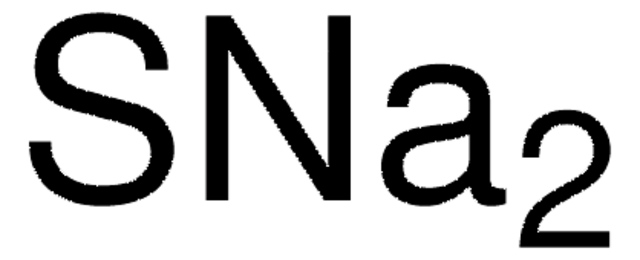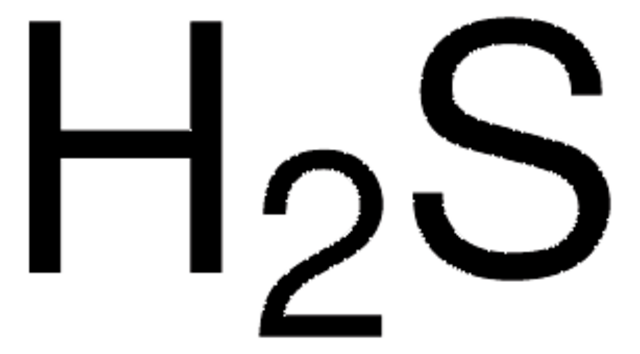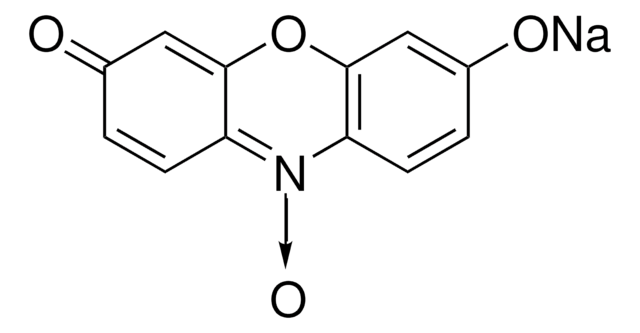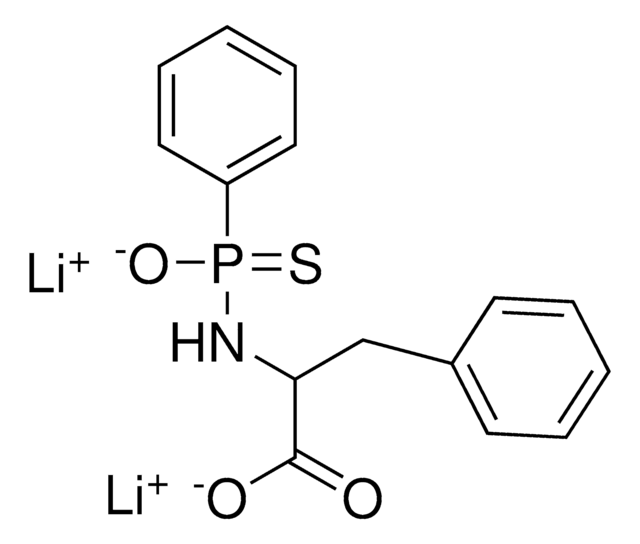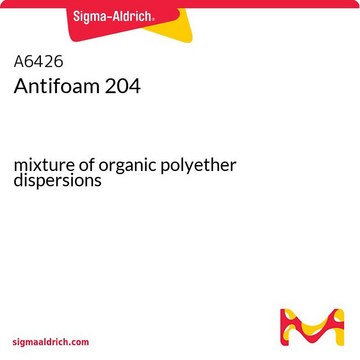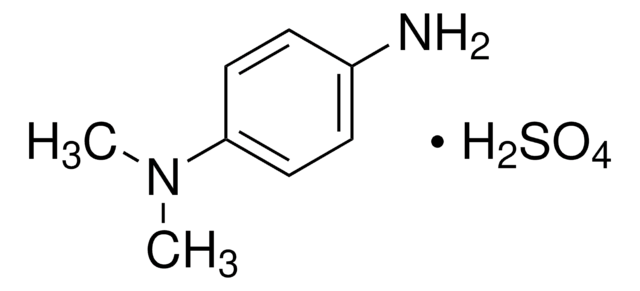208043
Sodium sulfide nonahydrate
ACS reagent, ≥98.0%
About This Item
Productos recomendados
grade
ACS reagent
Quality Level
assay
≥98.0%
form
crystals or chunks
reaction suitability
reagent type: catalyst
core: sodium
color
colorless to slightly yellow
anion traces
SO32- and S2O32-: ≤0.1%
cation traces
Fe:, passes test
NH4+: ≤0.005%
storage temp.
2-8°C
SMILES string
O.O.O.O.O.O.O.O.O.[Na]S[Na]
InChI
1S/2Na.9H2O.S/h;;9*1H2;
InChI key
UIINQVYGFKNSPA-UHFFFAOYSA-N
¿Está buscando productos similares? Visita Guía de comparación de productos
General description
Application
It serves as a catalyst during synthesis of thioamides.
signalword
Danger
hcodes
Hazard Classifications
Acute Tox. 3 Dermal - Acute Tox. 4 Oral - Aquatic Acute 1 - Aquatic Chronic 1 - Eye Dam. 1 - Skin Corr. 1B
Storage Class
6.1D - Non-combustible acute toxic Cat.3 / toxic hazardous materials or hazardous materials causing chronic effects
wgk_germany
WGK 3
flash_point_f
Not applicable
flash_point_c
Not applicable
Elija entre una de las versiones más recientes:
¿Ya tiene este producto?
Encuentre la documentación para los productos que ha comprado recientemente en la Biblioteca de documentos.
Los clientes también vieron
Nuestro equipo de científicos tiene experiencia en todas las áreas de investigación: Ciencias de la vida, Ciencia de los materiales, Síntesis química, Cromatografía, Analítica y muchas otras.
Póngase en contacto con el Servicio técnico
